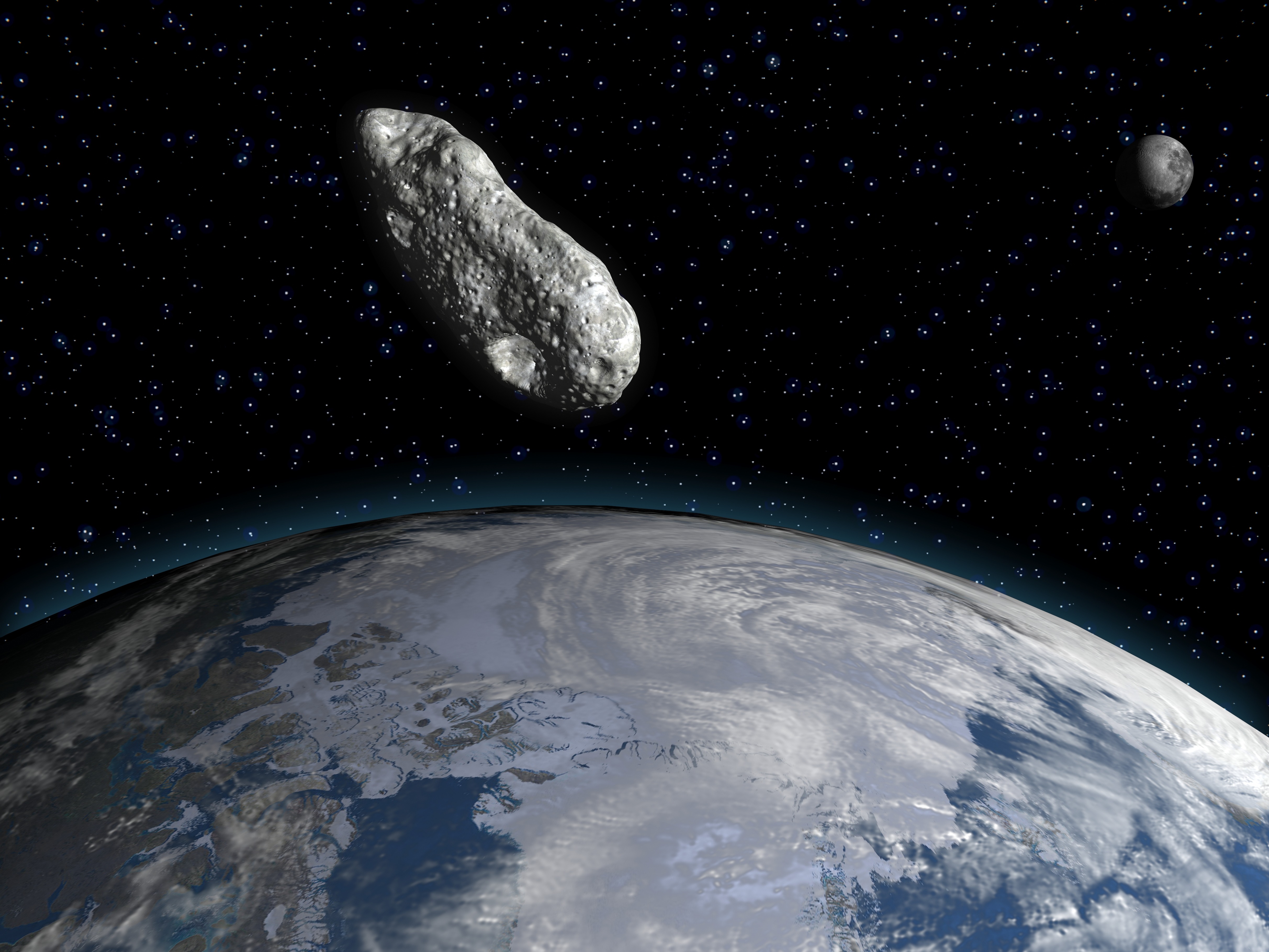Spread across vast distances, the islands of the tropical Pacific Ocean are thought to have been populated by humans in two distinct migrations beginning approximately 3,330 years ago.
The first followed a northern route out of what is today the Philippines and the second followed a southern route from Taiwan and New Guinea. People arrived on the islands between these routes — now making up the Federated States of Micronesia — about 1,000 years later.
But a new finding by Tufts University sea-level researcher Andrew Kemp and colleagues suggests that the islands in Micronesia were possibly settled much earlier than supposed and that voyagers on the two routes may have interacted with one another. They reported their research in the journal PNAS.
Kemp was drawn to Micronesia to improve understanding of how climate change impacts global sea-level change by collecting new data from the tropical Pacific Ocean, which is not nearly as well documented as the north Atlantic Ocean.
With support from the U.S. National Science Foundationthe research team collected cores of mangrove sediment on the islands of Kosrae and Pohnpei in the Federated States of Micronesia.
Although relative sea level — the height of the ocean relative to the height of the land next to it — fell during the past 5,000 years across much of the tropical Pacific, Micronesia radiocarbon dating showed that relative sea level rose significantly, by about 4.3 meters (14 feet), because the islands are sinking.
Although the researchers can’t yet fully explain why the two islands are subsiding so much faster than others in the Pacific, they could clearly see the results and their meaning for understanding how people came to populate remote Oceania.
The team was struck by the implications of relative sea level for interpreting the monumental ruins of Nan Madol, a large series of stone buildings constructed on islets separated by canals filled with ocean water just offshore from the island of Pohnpei.
The ruins, now a U.N. World Heritage site, are long presumed to have been administrative or religious buildings constructed about 1,000 years ago for the island’s elite to live apart from the main population in the island.
But Kemp and colleagues realized that long-term relative sea-level rise meant that this presumption was incorrect. When the structures were built, they were on the island itself, not separated by water.
Kemp notes that the seafaring people who first came to the islands would probably have lived at the coastline — that’s why researchers look for archaeological evidence there but haven’t seen it for older inhabitation.
Pohnpei and Kosrae may have been settled around the same time as the other islands in the Pacific, with people arriving and living at the coast. Then subsidence of the islands caused relative sea-level rise, which submerged the oldest archeological evidence. That evidence may be underwater, yet to be found, if it ever will be, the scientists say.
If that’s the case, people on the northern and southern migrations may have interacted with one another around the volcanic islands of Micronesia — Kosrae, Pohnpei, Chuuk and Yap.
“This study illustrates how important sea level is to understanding our future, as well as human history in the past,” says Joe Carlin, a program director in NSF’s Division of Ocean Sciences.
Note: This article have been indexed to our site. We do not claim legitimacy, ownership or copyright of any of the content above. To see the article at original source Click Here













